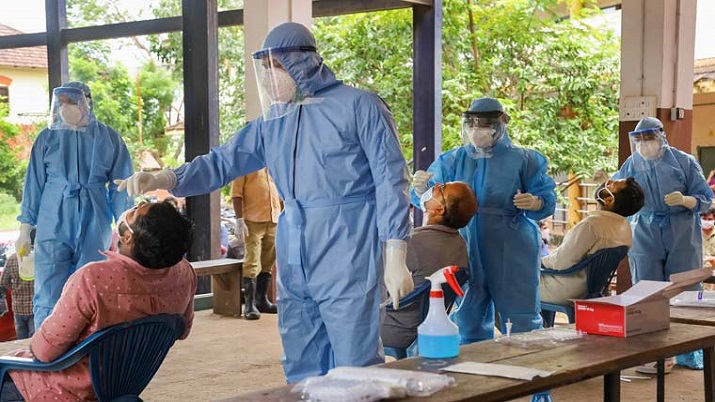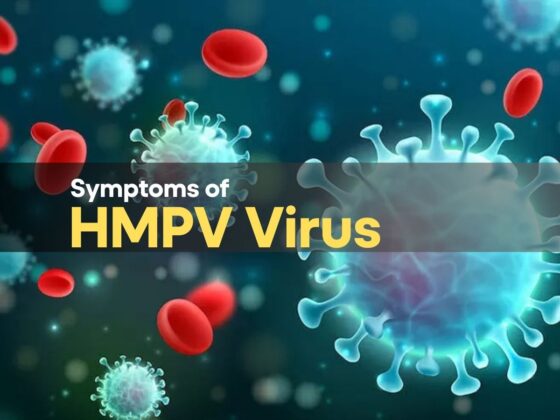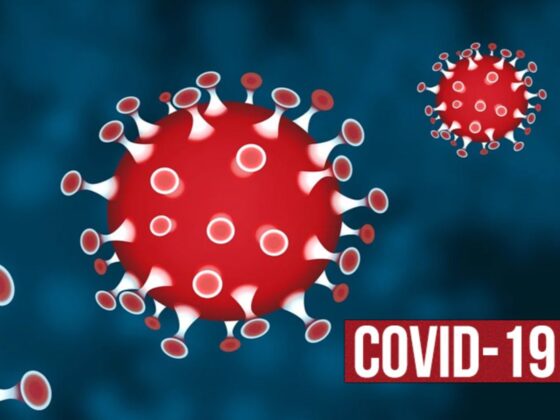Prime Minister Scott Morrison appeared to have made a “captain’s call” yesterday by encouraging people in New South Wales outbreak areas to have their AstraZeneca booster closer to eight weeks after their initial shot rather than wait for the generally recommended 12 weeks.
According to health advice from ATAGI, the Australian Technical Advisory Group on Immunisation, remains most people have their booster shot at 12 weeks for optimal coronavirus protection, but under certain circumstances that can go down to four weeks. Those circumstances include imminent travel or if there’s a risk of COVID-19 exposure, reported PTI.
ATAGI’s concern, and that of some other vaccine experts, is if you have your booster shot earlier than 12 weeks, your body won’t develop enough immunity to reliably protect you from serious disease. Confused? Here is what we know so far.
What’s the official advice?
The evidence underlying the recommended 12-week gap between the first and second AstraZeneca shots comes from a study published in the Lancet.
According to the study leaving less than six weeks between the original shot and the booster gave 55.1% efficacy (protection from symptomatic disease). Leaving a gap of 6 to 8 weeks between the shots have shown increased efficacy to 59.9% and a efficacy of 63.7% has been seen in a gap of 9 to 11 weeks. However, if the gap was longer or of 12 weeks then the efficacy jumped to 81.3%. So, you need at least 12 weeks gap between your first and second shot to get the best protection from the AstraZeneca vaccine.
Now we find ourselves with an active outbreak of the highly transmissible Delta variant of SARS-CoV-2 in Sydney. So, we need to ask ourselves whether aiming for the highest level of protection is best, or whether we need to aim for a reasonable level of immunity as quickly as possible. The Lancet paper didn’t include data on the Delta variant as it wasn’t widely circulating at the time, but this is fast becoming the dominant variant globally.
Yet we do know two doses of the AstraZeneca vaccine protects against serious COVID-19 after infection with the Delta variant, whereas one dose doesn’t.
What’s the evidence for 8 weeks to protect against Delta?
Morrison’s call for some people to have their AstraZeneca booster shot from around eight weeks hasn’t come completely out of the blue. It’s an approach the UK has been using to get ahead of the infectious Delta variant, the same variant circulating in NSW. We know leaving less time between AstraZeneca shots generally reduces vaccine efficacy. But what about that in the context of the Delta variant? This is where things get a bit tricky if we actually want to put a figure on precisely how much vaccine efficacy reduces.
According to a study published in Nature reported that a single dose of AstraZeneca vaccine persuaded essentially no Delta virus-neutralising antibodies. However, two doses induced a neutralising antibody response in 95% of people, albeit at a significantly lower level than with the Alpha variant (which originated in the UK).
There are some limitations with this study. Still, neutralising antibodies against Delta were there in the vast majority of people after two shots, antibodies that could mean the difference between a mild illness and hospitalisation with serious disease.
First, it did not directly assess vaccine efficacy (you need to conduct a clinical trial for that).
Second, it used a range of intervals between first and second shots, so we cannot definitively say the precise protection from the Delta strain at eight weeks versus 12 weeks.
However, assessing the capacity of vaccinated peoples’ antibodies to neutralise viruses in the lab is a good indicator of the quality of vaccine-induced protection — and this study really highlighted the need for a booster shot for protection against the Delta variant.
So, with infection numbers in Sydney looking more ominous by the day, coupled with the knowledge one vaccine dose is all but useless against the Delta virus, it is clear getting two doses into the arms of as many people as possible as quickly as possible, is the strategy. Two doses, even at eight weeks apart, while not providing the highest possible level of protection, will still protect many from severe disease.











